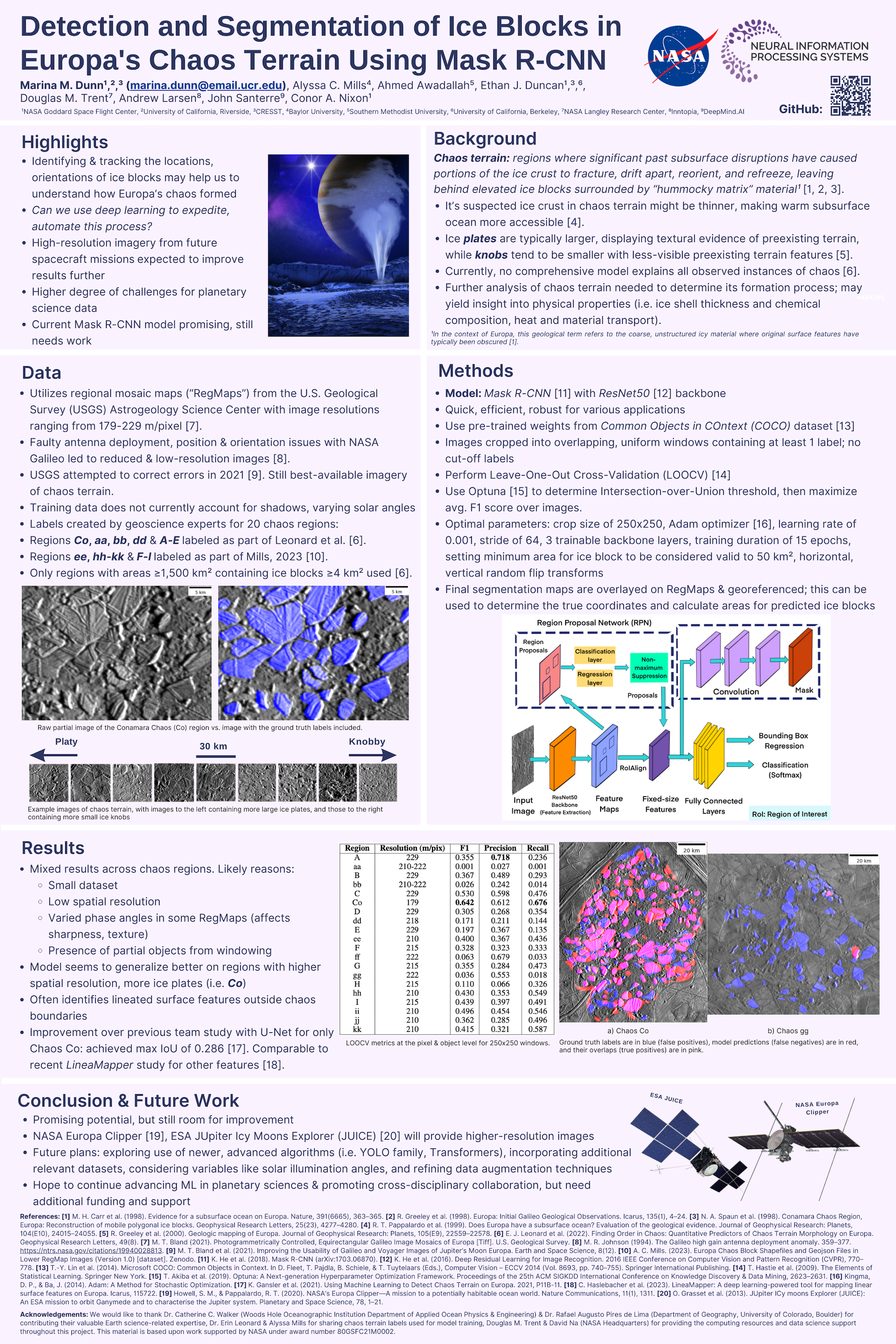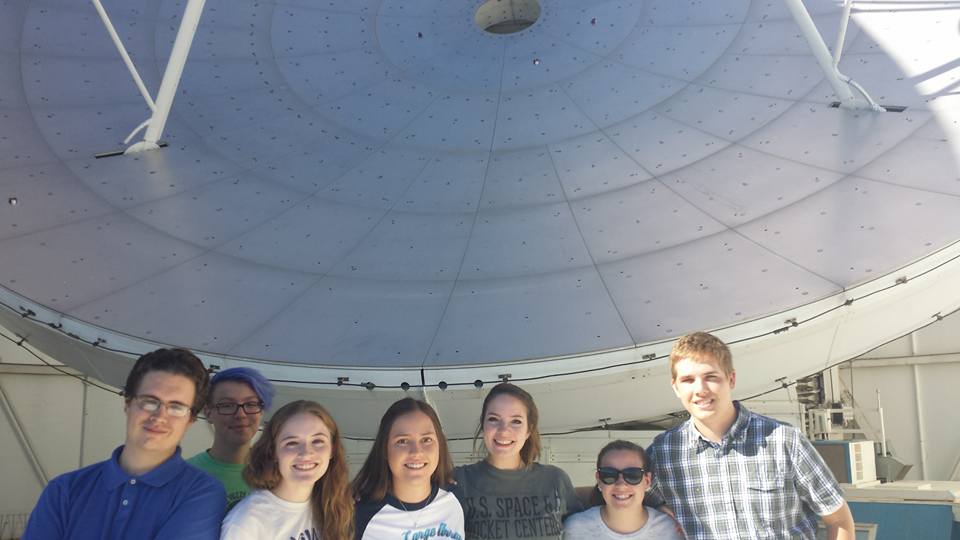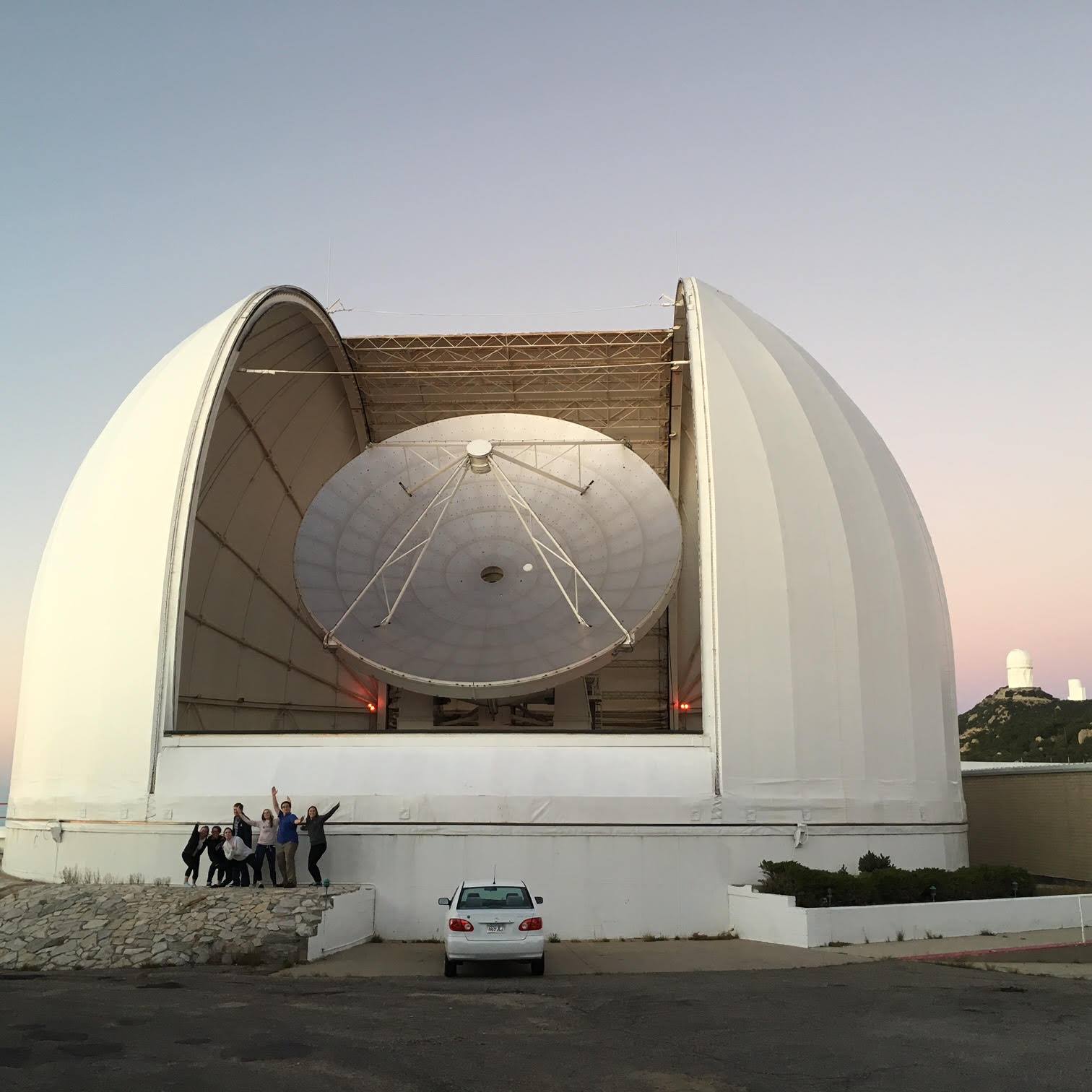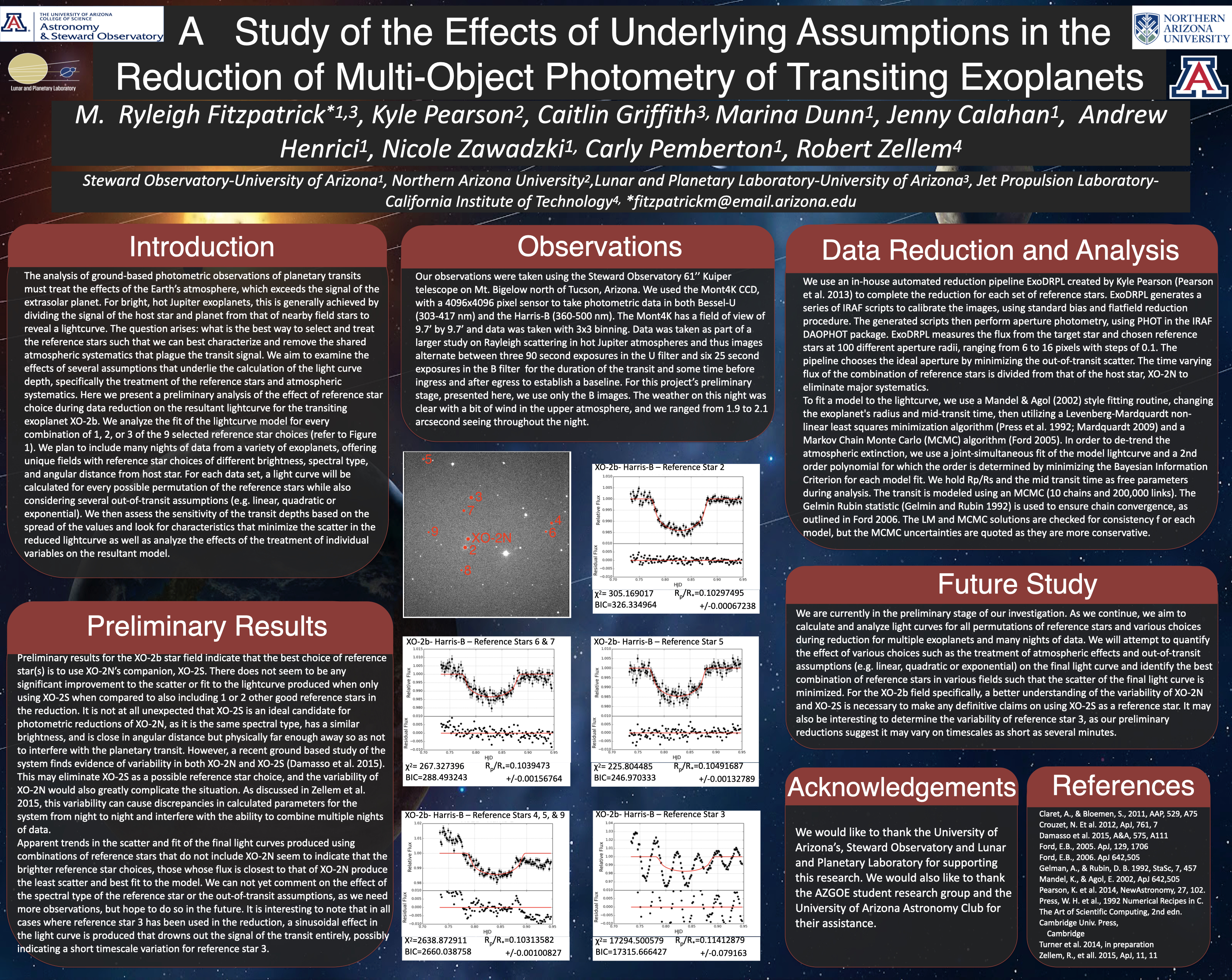Galaxy Morphology Classification Using Bayesian Neural Networks for LSST (2021-2023)
Deep Skies Lab; University of California, Riverside
Advisor:
Bahram Mobasher;
Research Mentors:
Aleksandra Ćiprijanović, Dr. Brian Nord
My graduate research delves into leveraging deep neural networks to address the formidable challenges arising from the massive data volumes anticipated from upcoming surveys such as the Vera C. Rubin Observatory's Legacy Survey of Space and Time (LSST). Through the exploration of Convolutional Neural Networks and Bayesian Neural Networks, alongside transfer learning techniques, I have been focused on classifying galaxy morphologies in various simulated LSST image data releases. By replicating real-world observational conditions, including varying levels of observational noise, this project aims to illuminate the impact of noise on classification accuracy. This investigation underscores the critical importance of observational realism in simulated astronomical imaging data when developing machine learning models. Developing robust models capable of seamlessly transitioning between simulated and real data will be crucial for the next generation of of large-scale surveys.
Project GitHub
Detection and Segmentation of Ice Blocks in Europa's Chaos Terrain Using Mask R-CNN (2023)
Planetary Systems Laboratory, NASA Goddard Space Flight
Center/CRESST
I led research to develop a deep learning approach for detecting and segmentin individual ice blocks within the intricate "chaos terrain" on the surface of Jupiter's moon, Europa, employing algorithms like Mask R-CNN. This research endeavor seeks to deepen our comprehension of the geophysical properties and processes on Europa influencing the formation of chaos terrain, while also offering crucial insights to guide future mission planning within the solar system.
Project GitHub
2023 ML4PS NeurIPS Paper
2023 OPAG Conference Presentation Video

The Machine Learning (ML) Showroom (Fall 2022)
Information, Data, & Analytics Services (IDAS), NASA Langley Research Center
I spearheaded a project aimed at bolstering NASA's agency-wide digital transformation and addressing the escalating demand for data science services. Through the development of multiple components, including user-friendly, cloud-based coding notebooks showcasing simplified machine learning models utilizing tools like Scikit-learn, PyTorch, and TensorFlow, as well as an internal Microsoft SharePoint site, I empowered NASA teams to explore, experiment, and assess the utility of machine learning for their research endeavors. This initiative streamlined access to resources by providing a centralized, pre-configured, and pre-authenticated platform, thereby minimizing complexity and fostering a more rapid and widespread adoption of machine learning technologies across the agency.
Earth Science Datasets in the Commercial Cloud (August 2021 - May 2022)
Earth Information Systems (EIS), NASA Goddard Space Flight Center
I conducted research aimed at optimizing the migration and storage
of NASA Earth Science data and models on commercial cloud platforms,
enhancing scientific analysis efficiency. Specifically, I focused on
integrating various wildfire-related datasets into the EIS Fire
Portal to support comprehensive understanding and analysis of fire
activity, aiding organizations dedicated to fire and air quality
forecasting. Our intern team successfully showcased the advantages
of the cloud-optimized Zarr file format and the impact of specific
chunking strategies on processing speed and memory usage during
common data access and analysis operations with large
multi-dimensional datasets.
Journal of Earth and Space Sciences Preprint
SHIFT Backend GitHub
SHIFT Public Demo GitHub

Computing Scholar, Data Science Summer Institute (Summer 2022)
Lawrence Livermore National Laboratory
I researched and developed a visualization tool aimed at enhancing ML model optimization, particularly tailored for the scalable Gaussian Process hyper-parameter estimation method 'MuyGPs' for predictive modeling of orbital debris. This initiative aims to accurately bridge gaps in missing observations of orbital debris, thereby enriching catalogs of known satellites. By providing researchers with enhanced visibility into model structures and influential parameters impacting performance, this tool promises to pave the way for broader applications in future astronomical surveys, including research areas such as galaxy blend classification and weak lensing shear, as exemplified by its potential integration into the Rubin Observatory Legacy Survey of Space and Time (LSST).
2022 LLNL DSI Summer Slam Talk Video
In addition, as part of the 2022 DSSI Challenge Problem, I worked on a team to develop a machine learning fusion model that utilizes molecular descriptors and 3D atomic representations to assess drug compounds targeting SARS-CoV-2. The project aimed to predict the binding of proteins and ligands, thereby contributing to the urgent global endeavor of swiftly screening potential drug candidates for their efficacy in treating or preventing SARS-CoV-2 infections.
COVID-19 ML Project GitHub
UA Astronomy Club Radio Project (2015-2018)
University of Arizona Astronomy Club
As part of a research project facilitated by the UA Astronomy Club, our team conducted observations using the Arizona Radio Observatory 12-Meter Telescope on Kitt Peak over multiple semesters. Our aim was to observe 101 prestellar cores--dense, dark, starless gas clouds--identified in the Bolocam Galactic Plane Survey that may be good potential candidates for future star formation, with the goal of enhancing our understanding of how frequently and rapidly stars are being created in specific environments. We determined 6 prestellar cores actively gathering enough material for stellar production. Employing a radiative transfer model, we calculated material collection rates ranging from approximately 500 to 2000 M⊙/Myr, suggesting a substantial increase in core masses likely to double within a free-fall time frame, implying imminent star production. This research was subsequently published in the Astrophysical Journal in 2018.
2018 Astrophysical Journal Paper


Steward Observatory Radio Astronomy Laboratory (2016-2017)
University of Arizona, Steward Observatory
I collaborated on a large team of scientists and engineers from various institutions on a weekly basis, wrote significant proposal components, procured instrument estimates, and managed large budgets for the NASA GUSTO mission and the Seismometer to Investigate Ice and Ocean Structure (SIIOS). Additionally, I played a pivotal role in organizing and facilitating a successful site visit for the NASA GUSTO mission, securing $40 million in funding and advancing it to its next phase. I also authored comprehensive proposals, and designed, constructed, and tested antenna prototypes for inflatable balloon observatories like the Terahertz Space Telescope.

I also conducted research focused on the interstellar medium's lifecycle, particularly investigating the impact of nearby star formation turbulence on giant molecular cloud (GMC) evolution. Utilizing data from the SuperCam instrument on the Submillimeter Telescope on Mt. Graham, I analyzed observations of a specific carbon monoxide molecular transition within the GMC R Coronae Australis (R CrA). By calculating the gas temperature and column density of the cloud, I was able to create integrated intensity maps using Python and determine the energy balance within the cloud. Through these analyses, I confirmed previous hypotheses indicating a young star's outflows within R CrA, driving star formation on both sides of the cloud.
UA Exoplanet Project (2014-2016)
University of Arizona
I conducted regular observations of the transiting exoplanet XO-2b using the 61” Kuiper telescope on Mt. Bigelow. Analyzing the corresponding light curves of the host star's dimming during the exoplanet's transit, I investigated the variations in effective radius across different wavelengths to ascertain the atmospheric composition. Our findings highlighted the efficacy of specific data reduction methodologies, notably the utilization of brighter nearby reference stars, in elucidating atmospheric characteristics. This research culminated in a presentation at the 2016 American Astronomical Society Meeting.
